Decoding the genetic recipe book
Inspired by movies and TV, young José A. Rodríguez–Martínez envisioned himself as a lawyer. He viewed the law as an infinitely exciting profession, where he could defend his views using concrete evidence.
Born and raised in Puerto Rico, the son of a chemical engineer, Rodríguez–Martínez decided to major in environmental science as an undergraduate, with hopes of continuing on to law school. He wanted to practice environmental law and go into politics as a member of what he called a “green” party.
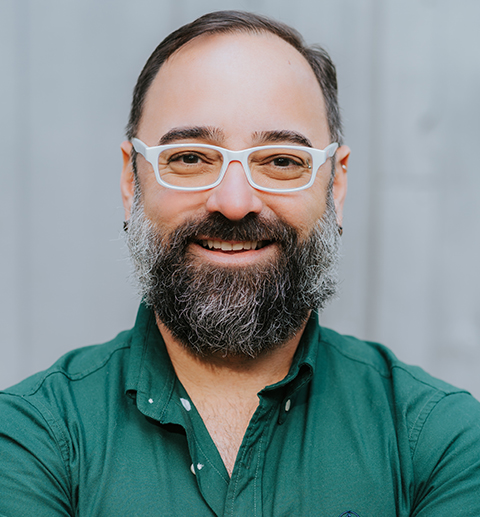
However, by his sophomore year, Rodríguez–Martínez had concluded that law was not as fascinating as he expected. His organic chemistry professor at the University of Puerto Rico suggested he try scientific research. After switching his major to chemistry, his vision of science changed overnight.
“Stepping into a lab was transformative,” Rodríguez–Martínez said, “even if all I did was listen in to discussions about research problems while cleaning the glassware.”
It only took a few weeks in a chemistry lab to fortify his desire for a career in science.
In hindsight, Rodríguez–Martínez mused that his fascinations with science and law were not all that different. “To some degree, science is similar to law,” he said “Once we have our data sets, we put a story together that best explains our results. Then we try our best to defend and communicate our science.”
Rodríguez–Martínez continued as a graduate student in chemistry at the University of Puerto Rico. He switched from an analytical chemistry lab to a protein chemistry lab, not knowing that proteins would fascinate him for decades to come.
In a special topics course on nucleic acids, Rodríguez–Martínez learned about Peter Dervan’s discovery of what he described as “molecules that bind to specific sequences of DNA” — and he was hooked. He wondered how the molecules recognized these DNA sequences and through what mechanism they were bound.
These questions hovered in the back of his mind, waiting to be explored.
A year and a half before he defended his thesis, Rodríguez–Martínez began attending scientific conferences. At one meeting, he met Aseem Ansari, a researcher working with transcription-targeted therapeutics, who gave a talk on using chemical compounds to design artificial transcription factors that could bind specific sequences in DNA. This topic piqued Rodríguez–Martínez’s dormant curiosity about these proteins. Impressed with Ansari’s presentation, he went home to Puerto Rico and began thinking of ways to reconnect with the speaker.
In his Ph.D. program, grad students could invite guest lecturers and organize special events, so Rodríguez–Martínez invited Ansari to Puerto Rico the following spring. After the event, they talked about the younger researcher’s deep interest in understanding how transcription factor proteins recognize DNA sequences. Impressed by his interest, Ansari offered Rodríguez–Martínez a postdoctoral position in his lab at the University of Wisconsin and became his advisor.
Following his postdoc, Rodríguez–Martínez returned to Puerto Rico and was appointed an assistant professor at his alma mater in 2016. He started his research lab at the university, studying the same proteins that drive his curiosity to this day.
How to make a protein feast
Rodríguez–Martínez uses a kitchen metaphor to describe his research.
The genome is a book of recipes for making different types of cells in the body, he said. The proteins called transcription factors select recipes to form each cell.
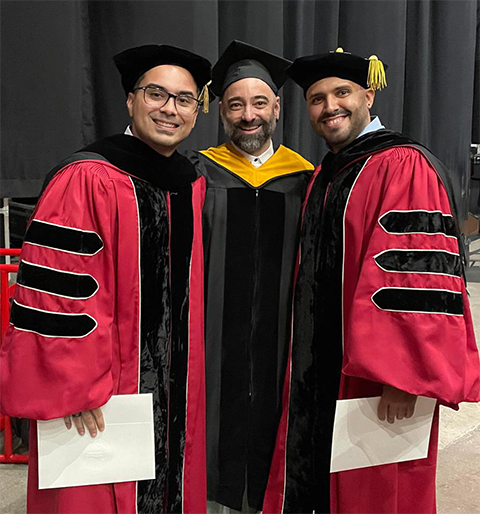
If, for example, a cell is to become a Christmas feast, the transcription factors will choose the recipes of the right entree, main course and dessert — maybe smoked salmon starters, roast turkey and Christmas pudding. They will recognize the right recipes, select them and prepare the ingredients.
Out of the million recipes in the book, how do these proteins recognize the correct ones? What happens if there’s a change in the proteins? Will they recognize the same recipes, or will the Christmas feast become something different?
Rodríguez–Martínez strives to answer these questions in his lab, which is now working on three main projects.
The first is understanding what he calls the “grammar rules” of cardiac transcription factor proteins. These proteins bind to specific places on the genome known as DNA binding sites, and, once bound, they read the genetic information in the DNA sequence. Understanding how these proteins bind to the DNA, including the orientation of the proteins, the composition of the binding site and spaces between each binding site, is crucial to determining how the genome is decoded and gene expression is regulated.
This project also studies how mutations in the transcription factor proteins and in non-coding regions of the genome affect how well these proteins bind to the DNA. Many disorders, such as cardiovascular diseases, have been associated with mutations in transcription factors.
The second project aims to decipher how transcription factors have evolved and how changes over generations affect their DNA-binding properties.
A research collaboration related to this project started after a conversation with Riccardo Papa, a university colleague. Papa studies the genetics of butterfly wing patterns, and his lab had discovered proteins that, when concentrated on a certain area of the wing, cause that area to turn red. Rodríguez–Martínez told them he’d be happy to run tests on these transcription factor proteins at his lab. He was surprised to find they were a class that is involved in human eye development.
After finding that the same proteins can cause such varying effects on phenotype in different species, the researchers wondered how they evolved to do so.
The Rodríguez–Martínez lab’s third major project cropped up at during the COVID-19 pandemic. Using their protein-DNA binding expertise, the researchers developed a high-affinity and high-specificity diagnostic reagent for detecting viruses. The reagent is a DNA aptamer, a short, single-stranded DNA molecule that selectively binds to specific viral proteins.
Between all these research projects and teaching classes, Rodríguez–Martínez spends a considerable amount of time with his students. He feels joy and pride when they succeed in their research tasks.
“Purifying proteins is an integral part of my research, and it's quite an art to do so successfully,” he said, “I am elated every time one of my students successfully purifies a protein. It's enough cause for a celebration.”
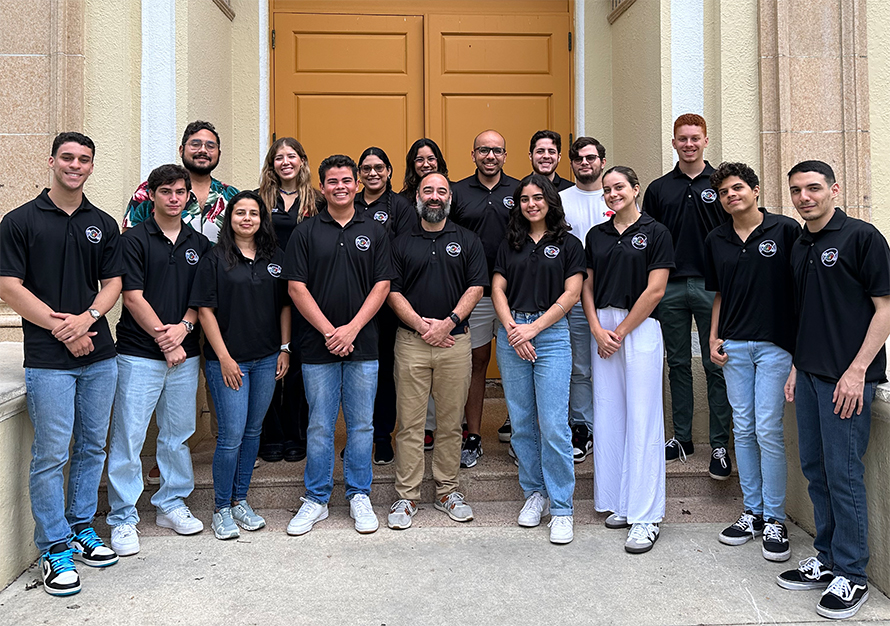
Doing science in Puerto Rico
“The challenges of being a research scientist here are many and diverse,” Rodríguez–Martínez said of working in Puerto Rico.
Aspiring scientists are challenged by scarce funding for scientific research and by geographical isolation. His university’s budget has been cut heavily in recent decades, so resources and support have decreased. Local government funding for scientific research is often insufficient, which compels aspiring scientists to apply for funds from the National Institutes of Health, the National Science Foundation and other private institutions — as they do on the mainland. Because Puerto Rico is an island, attending conferences, training programs or science symposiums can be complicated and costly.
Some funding issues have been alleviated since the nonprofit Puerto Rico Science Technology & Research Trust was established in 2004. However, other problems persist.
Power outages are a major headache for anyone running a lab.
During the first year of his lab in 2017, Rodríguez–Martínez spent most of his starter funds on expensive reagents and lab equipment. When Hurricane Maria hit Puerto Rico, Rodríguez–Martínez and his students had just finished successfully purifying their first protein. They stored their protein samples in refrigerators and evacuated, not knowing when they would return.
After the hurricane passed, they returned to find the generator had failed to start, the refrigerator had switched off and all their hard work was lost. They had to start all over again.
“Unfortunately, power outages are still common here,” Rodríguez–Martínez said. “It's quite a scare for us when the power goes out. If the generator fails to start, we have to quickly come up with ways to save our research.”
To solve these problems, his students have to spend time and energy they could have been using elsewhere, he added.
“On the bright side, these crises compel them to adapt quickly and keep their research going, irrespective of what issues might crop up.”
Despite the challenges, Rodríguez–Martínez believes he’s fortunate to work at his alma mater.
“Training and mentoring the next generation of Puerto Rican researchers is a privilege,” he said. “I also love doing ciencia en español (science in Spanish). We understand English is currently the agreed language of science, but it feels great to be able to do and communicate science in your native language.”
Promoting diversity
Rodríguez–Martínez joined the ASBMB Maximizing Access Committee in 2022 as a way of giving back to the society. “ASBMB has been an important organization for my and my students’ development,” he said. “We try to go to the annual meeting every year and present our latest work.”
He noted the committee’s focus on diversification of the scientific workforce and recognition of the contributions of researchers from traditionally excluded and marginalized groups. As a PI, he makes sure all his teams have a mix of students from different backgrounds, and he takes them to conferences where scientists from diverse fields come together to share their research.
“After all, how can you solve diverse problems if you are never aware of them in the first place?” he said. “It is important that I teach my students to learn from diverse sources and to include everyone in all aspects, whether it is solving a research problem or running clinical trials for new drugs.”
In his spare time, Rodríguez–Martínez enjoys traveling, cooking and reading science history books. An expression of pure wonder came over his face as he said, “I am always curious how different scientific fields came to be and to understand why we study the things we study today.”
Enjoy reading ASBMB Today?
Become a member to receive the print edition monthly and the digital edition weekly.
Learn moreGet the latest from ASBMB Today
Enter your email address, and we’ll send you a weekly email with recent articles, interviews and more.
Latest in People
People highlights or most popular articles
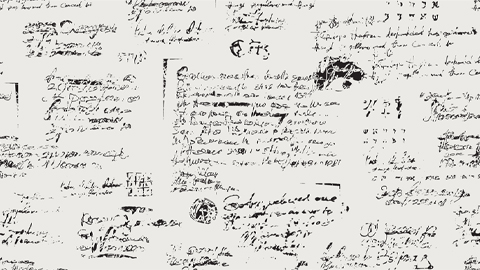
Notebook scribbles to synthesis pathways
The discipline Kendrick Smith learned as a musician helps him stay focused at the bench.
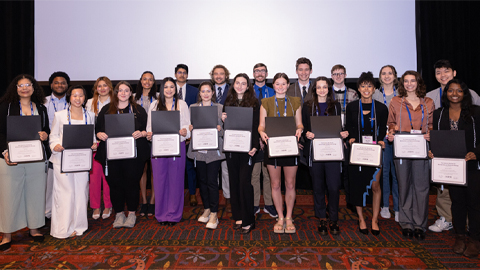
ASBMB inducts new honor society members
Chi Omega Lambda, which recognizes exceptional juniors and seniors pursuing degrees in the molecular life sciences, has 31 inductees in 2024.

2024 voter guide
Learn about the candidates running for ASBMB Council, Nominating Committee, Publications Committee and treasurer.

Charles O. Rock (1949 – 2023)
Colleagues and trainees remember a world expert in membrane lipid homeostasis.

Honors for Clemons, Hatzios and Wiemer
Awards, honors, milestones and more. Find out what's happening in the lives of ASBMB members.

Touching the future from the bench
Scholar, scientist, teacher and mentor Odutayo Odunuga discusses the important roles of the institutional PI, his journey and his research.

